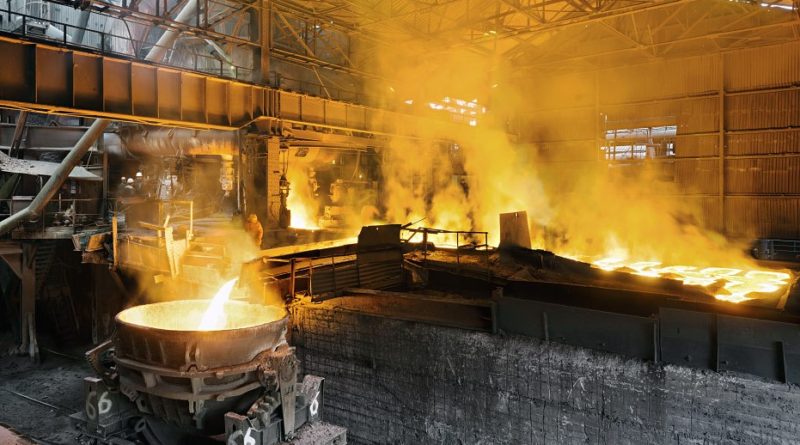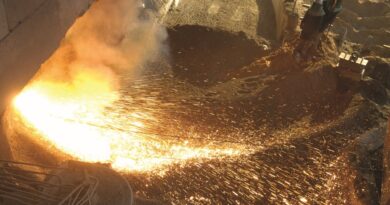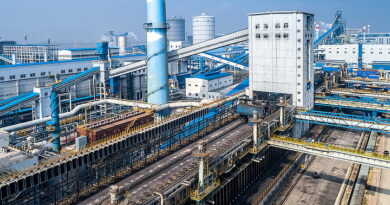South Africa’s lockdown weighed heavily on manganese metal
In 2019, manganese ore prices experienced a gradual softening over the first three quarters of the year, followed by an accelerated decline in prices that bottomed out at around US$3.50/dmtu CIF China in November 2019, says Roskill Market Report.
The key driver of downward pressure on prices was significant production growth, coming from countries such as Ghana and Gabon as well as South Africa. This was highlighted by the strong increase in Chinese port stocks at the end of 2019 and into early 2020, propelling the market into oversupply despite demand remaining relatively robust.
Prices moved back above US$4.0/dmtu CIF China in early 2020, prompted by modest supply cutbacks and logistical restrictions during the Chinese lockdown enforcements to curb the spread of COVID-19. Then, prices suddenly spiked up to almost US$7/dmtu, as a result of the South African mining lockdowns over March and April 2020.
As South African production has gradually returned to normal, prices have gradually softened again, though as logistics in South Africa remain constrained to a certain degree, they have not yet lost all of their gains.
The fact that the collapse in oil prices and weak producer currencies against the US dollar (notably the South African Rand) have lowered production costs is likely to be a drag on prices through the second half of 2020 if input costs do not recover.
While demand trends for manganese in steel continues to see higher intensity of use in China, following the implementation of stricter rebar standards, a surge in demand has not materialised as many steel mills were already compliant to the standards and smaller mills were given a tolerance period to adhere to the new regulations.
The demand for manganese is overwhelmingly driven by steel output, accounting for well over 90% of global manganese consumption.
Demand will fall back somewhat in 2020 following the global impacts of COVID-19 but, most likely to a lesser extent than supply. China’s push to prop-up steel demand domestically from new infrastructure projects under a RMB3.7Tr state stimulus is likely to see a flat year-on-year Chinese steel output, although exports will wane over 2020. As China already produces over half of the world’s steel output, the impacts of COVID-19 will to some extent be mitigated for steel raw materials.
Though steel will continue to dominate manganese demand, consumption of manganese in batteries is expected to grow rapidly over the next decade. Manganese sulphate demand from lithium-ion batteries is expected to double over the next decade as EV market penetration ramps up and will have significant impacts on the manganese metal supply chain.




